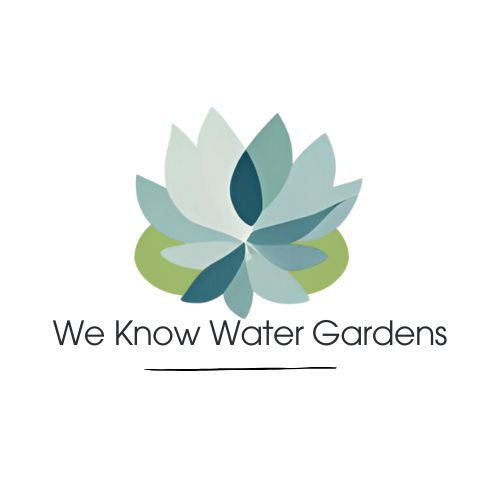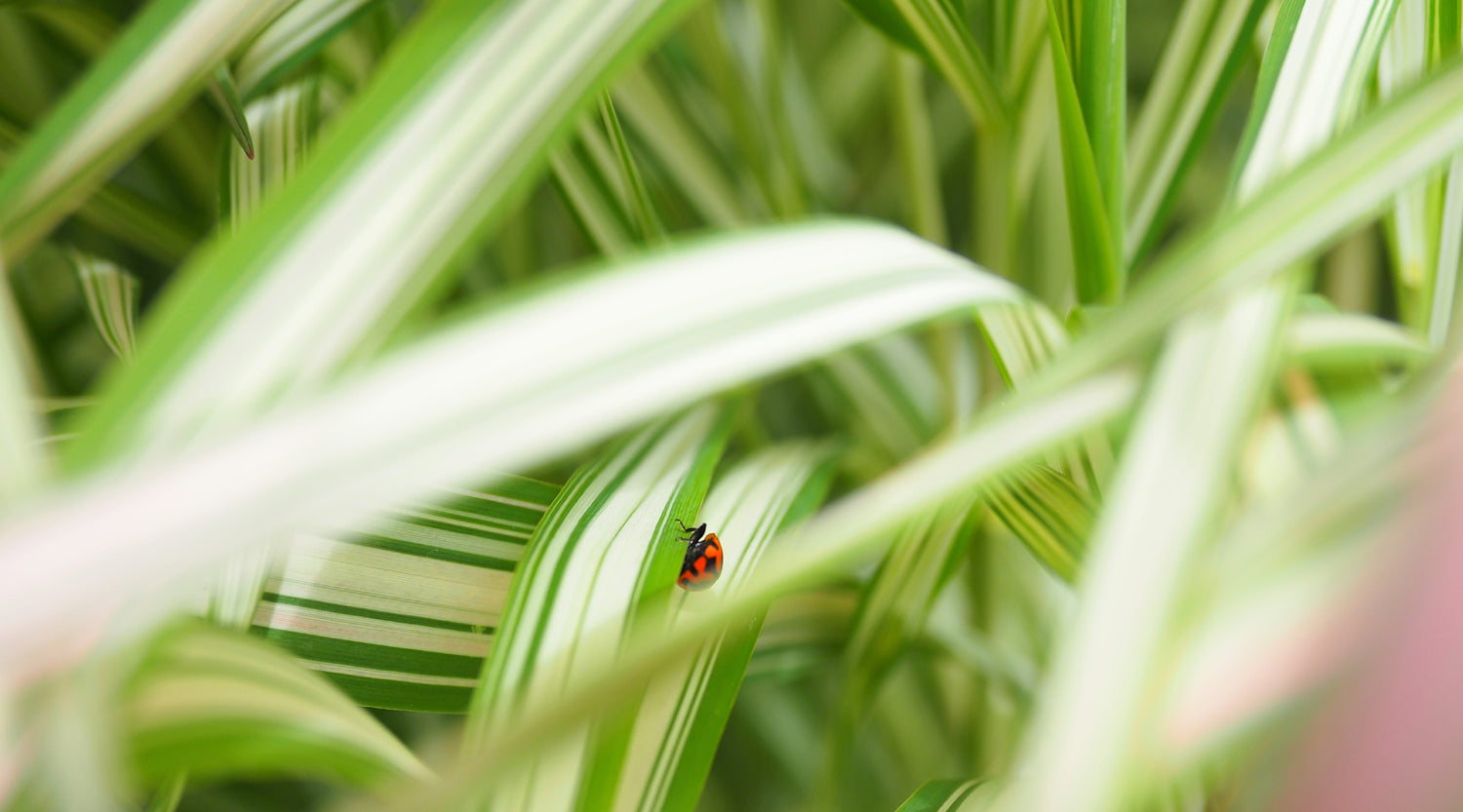Repotting pond plants
Whether you’re new to water gardening or an old hand at it, you’ve probably noticed that pond plants grow at a far faster rate than their terrestrial cousins.
A vigorously growing water plant can quickly become pot bound and this limits the growth of the plant, the number of flowers it will produce, and also makes it more susceptible to pests and diseases.
Aside from having healthier plants one of the other great benefits of dividing your pond plants is that you get free plants for your pond or as gifts for friends and families.
When should you repot your pond plants?
Although some plants can be divided and re potted at any time of the year, the best time is early spring and if you want to be really technical about it, you want the overnight low temperature to be in double digits consistently for a week or more.
Warm temperatures encourage the faster establishment of roots and the quick development of new foliage. Warmer water also means that a greater amount of nutrient is available in the pond for the plants as higher water temperature leads to higher nutrient levels due to more aquatic activity from fish and other organisms that inhabit the pond. With water lilies, you will notice that their rhizome or roots are pushing out of the soil. This is a signal to divide and repot!
Avoid repotting at the height of summer as plants may take up to a month to become established and in that time, algae can take over as it is more effective at competing for the available nutrient. If you must repot the plants, do a few at a time so the establish plants can keep the algae at bay.
What’s the best soil for repotting pond plants?
Pond plants will grow in a variety of different media and soils, but some are superior to others in both their ability to hold nutrient and also act as an anchor for the plants roots. An ideal pond plant soil is one that will hold its shape once it becomes wet. A simple test to determine that your soil is suitable is to take a small amount of the soil that you are planning on using, damp it down, place it in the palm of your hand and form a fist squeezing out the excess water. If it holds its shape, then it’s well suited as a pond plant soil.
Another useful method is to place the soil you are planning on using in a container. Fill the container carefully with water first, (running the water down the side of the container will limit the amount that it disturbs the soil). Wait 24 hours and if the soil has settled on the bottom and the water in the container is clear, then again, its suitable.
Many of the soils that are found in home gardens are suitable and there are also commercially available mixes or look for a complete repotting kit that includes a pot and the soil.
What container is best to pot pond plants?
Put simply, any container that holds soil and has a few small holes in the bottom is suitable for repotting pond plants but there are a few consideration to take into account before you get started. It maybe tempting to use a very large container so you do not need to repot as often but you may need to lift the container out of the pond at some stage and when its full of soil, water and plants that will make it very heavy.
The type of plant will also influence the size of the container. Lilies and iris are fast growers and their corms and tubers will quickly become pot bound in small pots so look for a pot that is at least 25-30cm in diameter.
Other perennials can be grown in smaller pots and some will simply spread new foliage and roots outside the pot and float across the surface of the water.
How to repot pond plants
Pond plants can be reproduced in any number of ways, including by seed, but most plants are grown through division. Put simply, this means that the plant is removed from the pot and divided in two, several or many plants depending on the size and health of the mother plant.
How to repot water lilies
Lilies grow from a rhizome and these can be cut into pieces, at a point where there is a new node (where the new leaf comes from). Start by removing all of the old leaves as new ones will quickly form and the plant will only waste energy trying to save old leaves.
Fill the pot with pond plant soil and place the rhizome on a 45-degree angle with the new node just poking above the soil. Add a thin layer of gravel to the top of the pot to prevent the pond plant soil washing out. Pre soak the new plant to remove any pockets of air from the soil prior to placing the repotted plant in the pond. This will reduce any soil washing out as you submerse it in the pond.
Faster growth can be achieved by keeping the top of the newly potted lily about 20cm from the surface of the water. The upper levels of the pond are warmer and receive more light. As the leaves develop, the plant can be lowered deeper into the pond.
Dividing other pond plants
Many other perennial pond plants can be divided yearly and sometimes even twice a year if you live in warmer climates where night temperatures remain above 10 degrees. Start by removing the old plants from the existing pot. Some plants have obvious root systems, and these can easily be teased apart and divided into individual plants.
If your plant is badly pot bound, simply use a sharp knife and divide the plant into even pieces. These can then be repotted using an aquatic potting mix and thin layer of fine gravel spread over the top of the pot to prevent the pond plant soil washing out.
Ensure that you allow the crown of the plant (this where old stems are and new leaves sprout from) to sit above the gravel or rot could set in. Pre soak the plant to remove air pockets from the soil and place it in the pond. It can be a good idea to place the newly potted plants into a floating ring whilst the new roots establish to prevent it floating out of the pot.
If you are unable to complete repotting in a speedy manner, leave any unpotted plants in a bucket of water until you have the chance to repot them. Plants left out of the water for as little as 30 minutes on a hot day will suffer severe stress and damage to the foliage.
Fertilizing Pond Plants
Terrestrial plants gain all their nutrient from the soil, but many pond plants can draw nutrient not only from the soil but also directly from the water and of course these nutrients are already dissolved in the water so they can be taken up readily by the plant.
Due to their fast growth rate, pond plants can quickly run out of nutrient and an early sign of nutrient deficiency in pond plants is a yellowing of the leaves. Regular monthly fertilizing in the warmer peak growing months is essential and is best done with a specific pond plant fertilizer as other fertilizers may not be safe to use with fish or other pond life such as frogs.
Pond plants are very forgiving so don’t be afraid to get you hands dirty and give dividing and repotting a go!
© weknowwatergardens 2019
Share




